Citrix launches Type 1 hypervisor before VMware
Citrix has announced the launch of virtualisation software with a Type 1 hypervisor - something rival VMware is yet to do.


Citrix has announced its new XenDesktop virtualisation software, featuring a Type 1 hypervisor named XenClient.
A Type 1 hypervisor, otherwise known as a bare-metal hypervisor, is installed directly onto desktop hardware instead of being placed on top of an operating system.
This hypervisor enables virtual desktops to run directly on client devices such as laptops, allowing users to operate either online or disconnected without any having to check in or out of an environment.
This is beneficial for companies wanting find an answer for expanding virtualisation out to remote workers, while allowing the IT department to keep control over user machines, Citrix said.
Citrix will be pleased to have rolled out a Type 1 hypervisor before rival VMware, which has promised to produce such a technology but is yet to do so.
The announcement comes just days before the start of VMware's annual conference, VMworld, in San Francisco.
"I think a lot of other virtualisation technologies and vendors are actually having a hard time delivering the core technology," Dave Austin, director product marketing in Europe, the Middle East and Africa (EMEA) for Citrix, told IT PRO.
Get the ITPro daily newsletter
Sign up today and you will receive a free copy of our Future Focus 2025 report - the leading guidance on AI, cybersecurity and other IT challenges as per 700+ senior executives
"VMware have recently said they've abandoned their Type 1 project. For the time being it's too hard for them to do."
The second major addition to the XenDesktop package is XenVault, which automatically stores user data in an encrypted folder.
The software also automatically encrypts data created by any corporate app that is delivered by Citrix XenApp, while remote wiping capabilities make it easy to kill data.
"It gives [the IT department] a high degree of control, to ensure not just the applications or the desktop but the data itself is secured according to the policies that they have," said Austin.
"I'm unaware of any other vendor that's doing anything like this."
The new XenClient and XenVault technologies will be shipped out in the new XenDesktop 4, Feature Pack 2 release at the end of September.
A free Express edition of the technology is also due to be rolled out at the same time, which can virtualise and sychronise up to 10 machines.
Tom Brewster is currently an associate editor at Forbes and an award-winning journalist who covers cyber security, surveillance, and privacy. Starting his career at ITPro as a staff writer and working up to a senior staff writer role, Tom has been covering the tech industry for more than ten years and is considered one of the leading journalists in his specialism.
He is a proud alum of the University of Sheffield where he secured an undergraduate degree in English Literature before undertaking a certification from General Assembly in web development.
-
 Should AI PCs be part of your next hardware refresh?
Should AI PCs be part of your next hardware refresh?AI PCs are fast becoming a business staple and a surefire way to future-proof your business
By Bobby Hellard
-
 Westcon-Comstor and Vectra AI launch brace of new channel initiatives
Westcon-Comstor and Vectra AI launch brace of new channel initiativesNews Westcon-Comstor and Vectra AI have announced the launch of two new channel growth initiatives focused on the managed security service provider (MSSP) space and AWS Marketplace.
By Daniel Todd
-
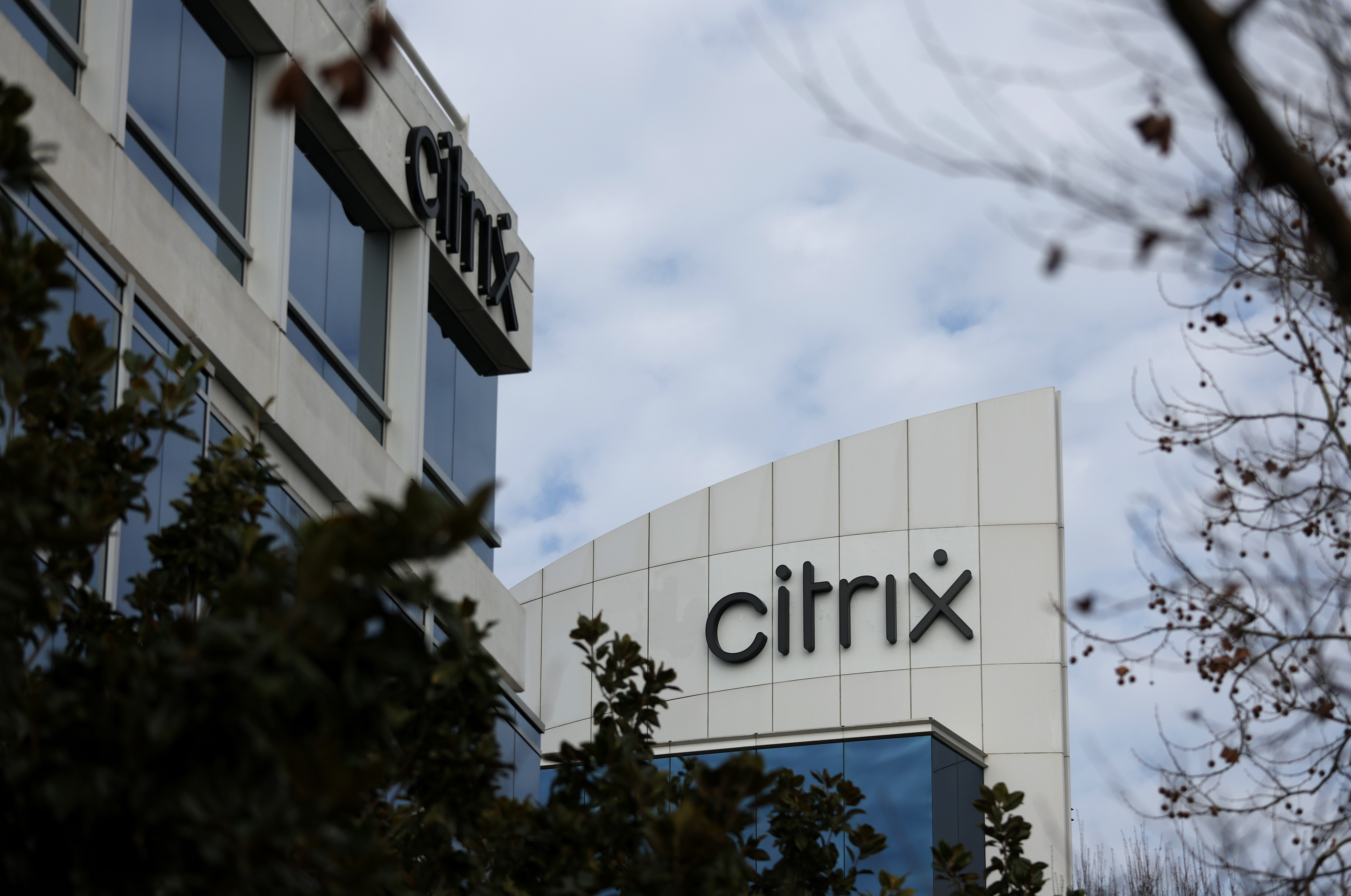 Citrix confirms two new NetScaler vulnerabilities as firms urged to patch immediately
Citrix confirms two new NetScaler vulnerabilities as firms urged to patch immediatelyNews Citrix has issued patches for two new vulnerabilities in its NetScaler ADC and Gateway appliances
By Solomon Klappholz
-
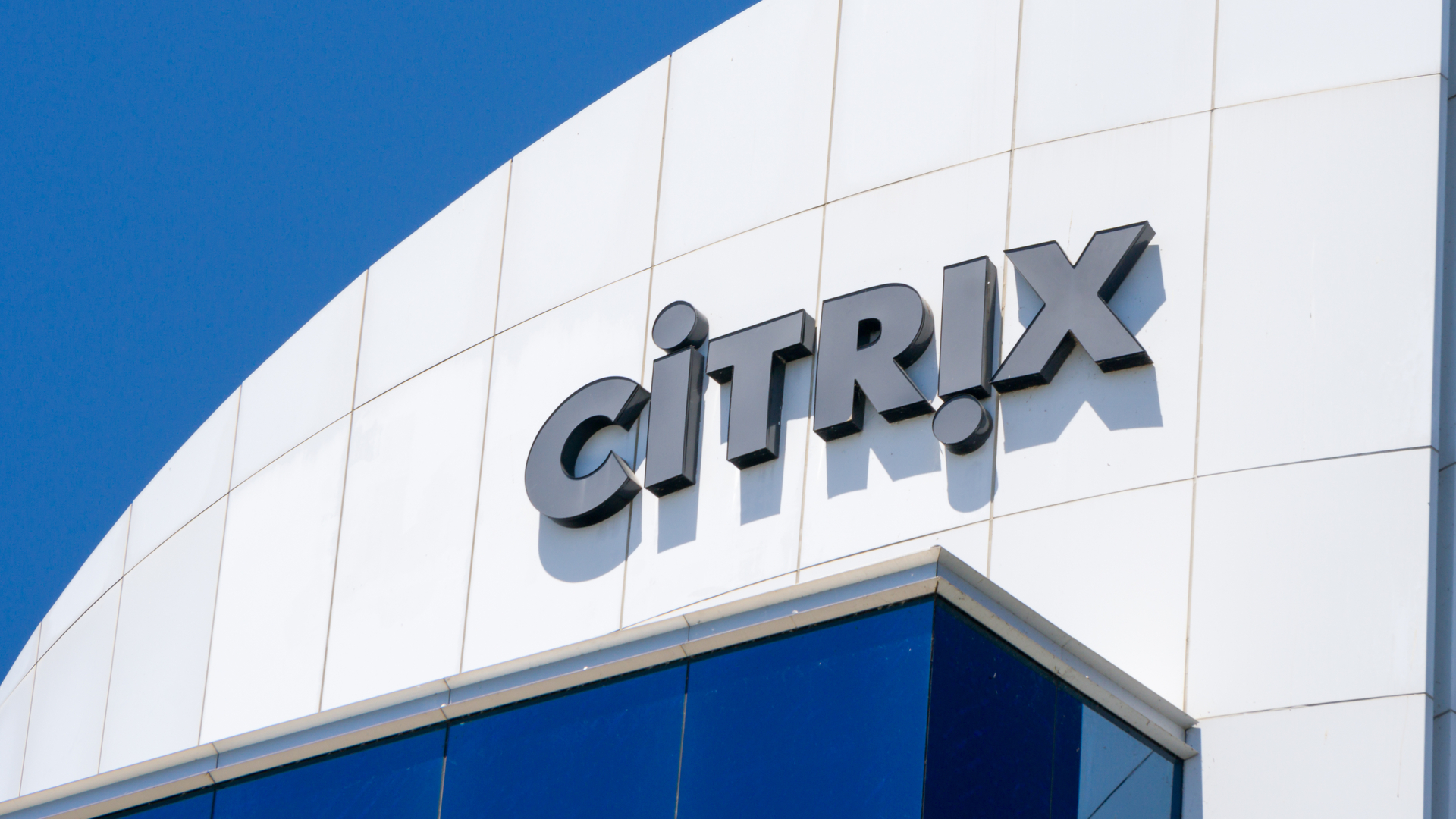 Citrix mulling potential sale after tumultuous 2021
Citrix mulling potential sale after tumultuous 2021News Share prices have tumbled due to consecutive quarters of "mixed" financial results
By Keumars Afifi-Sabet
-
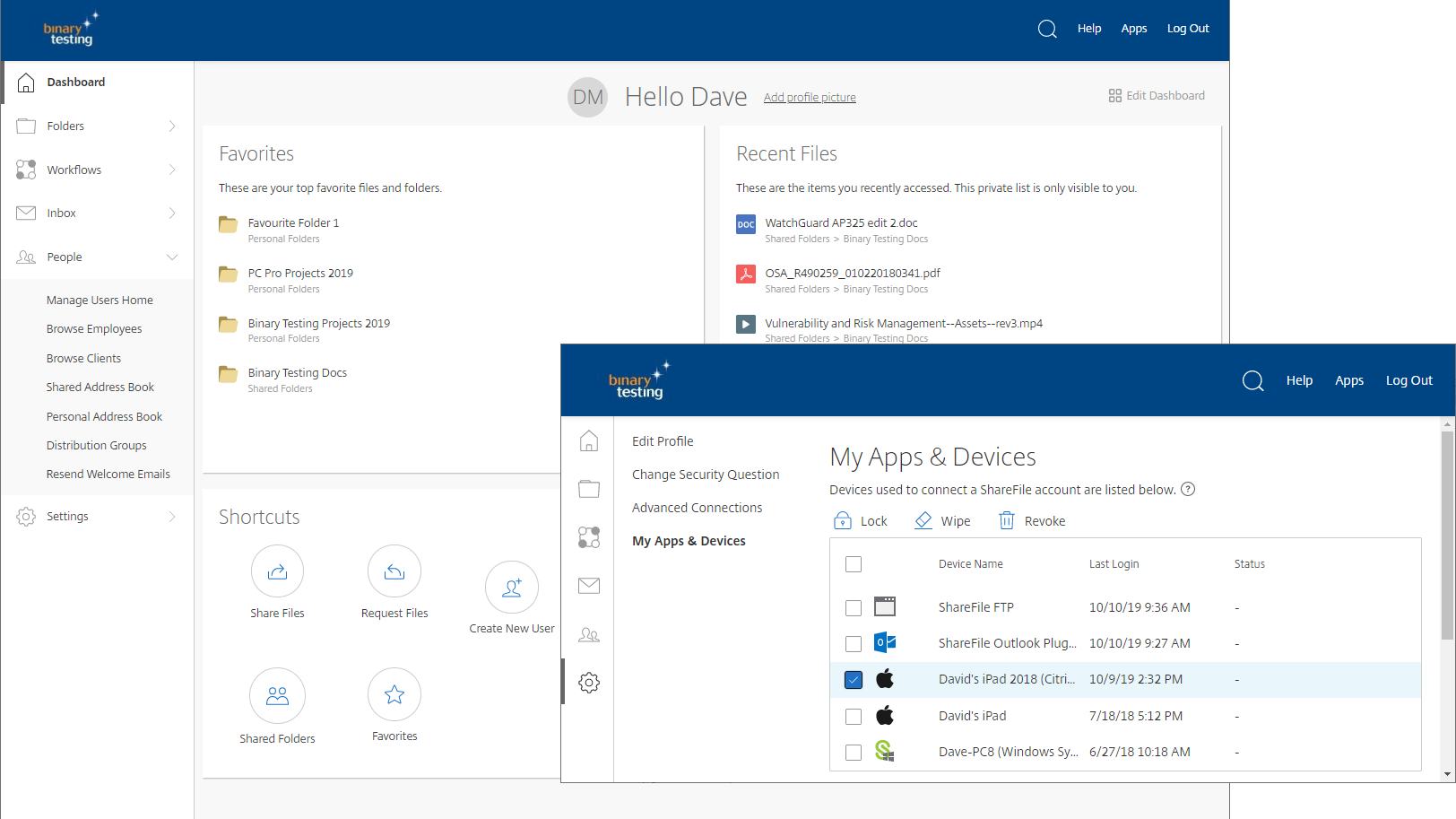
 Citrix ShareFile review: Slick collaboration, stonking price
Citrix ShareFile review: Slick collaboration, stonking priceReviews An affordable cloud service that’s easy to manage and perfect for businesses that need to share huge files
By Dave Mitchell
-
 Server virtualization: What is it and what are the benefits?
Server virtualization: What is it and what are the benefits?In-depth Server virtualization offers a quick and effective way of creating a more efficient IT infrastructure, but how does it work?
By Adam Shepherd
-
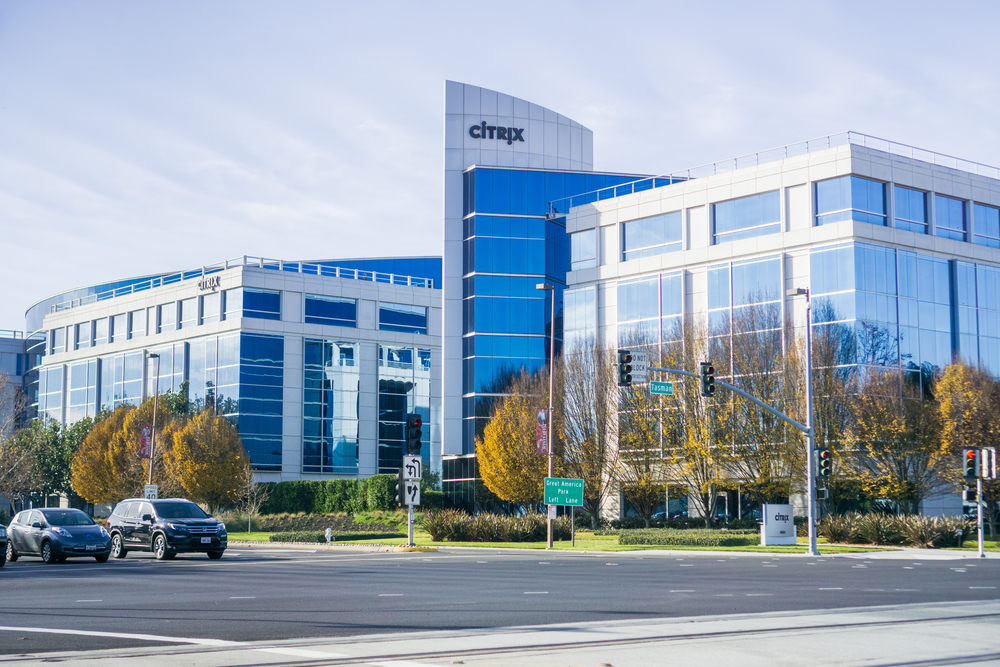 Everything you need to know about Citrix
Everything you need to know about CitrixIn-depth A comprehensive guide to Citrix, tracing its history from on-premises virtualization to cloud services, highlighting key acquisitions and business mission
By Keumars Afifi-Sabet
-
 Citrix ShareFile: grown-up file sharing
Citrix ShareFile: grown-up file sharingIn-depth Steve Cassidy takes a look at what ShareFile has to offer.
By Steve Cassidy
-
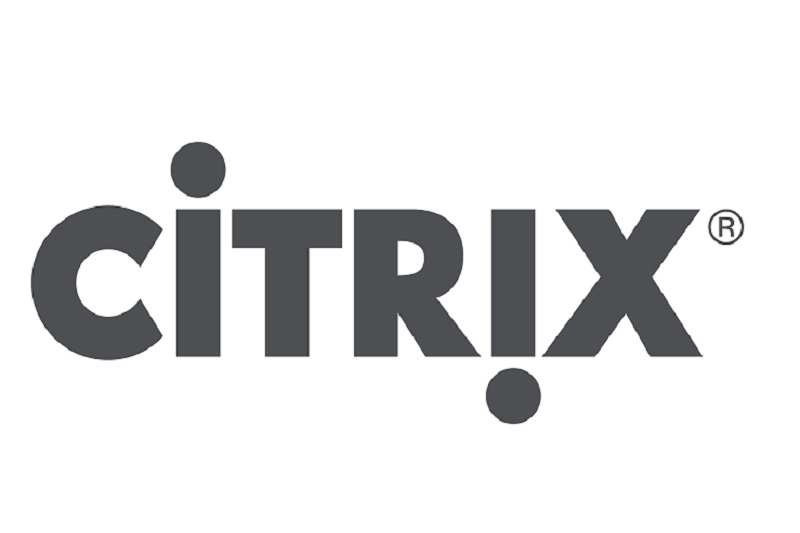 Citrix Synergy 2013: Citrix eyes mobile enterprise with latest XenDesktop version
Citrix Synergy 2013: Citrix eyes mobile enterprise with latest XenDesktop versionNews First fruits of Project Avalon are borne as Citrix offers businesses a way to maximise legacy Windows app investments in the mobile world.
By Maggie Holland
-
 Citrix Synergy 2012: Citrix takes a legendary turn with project Avalon
Citrix Synergy 2012: Citrix takes a legendary turn with project AvalonNews Virtualisation giant stretches 'as a service' possibilities with mythical new offering.
By Jane McCallion